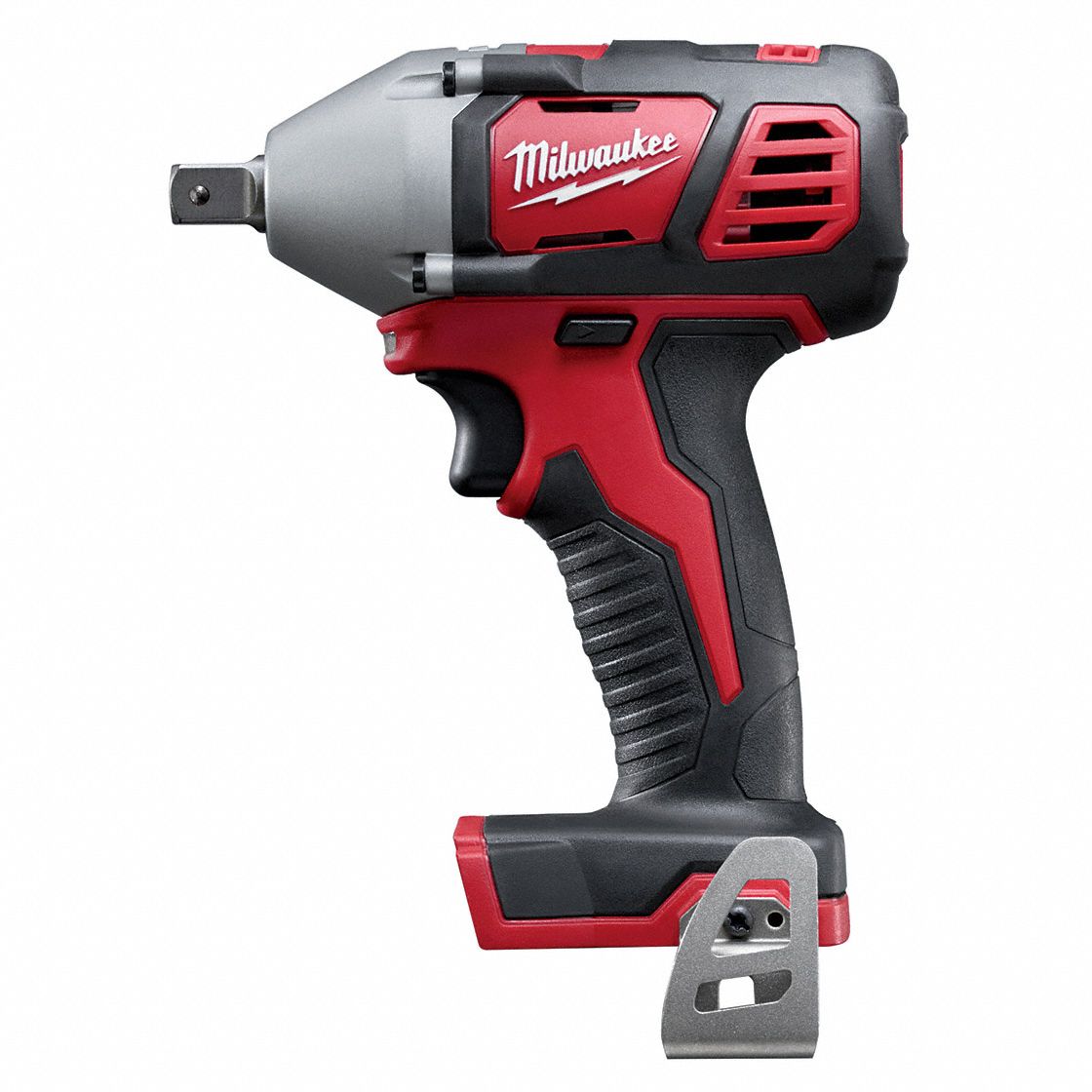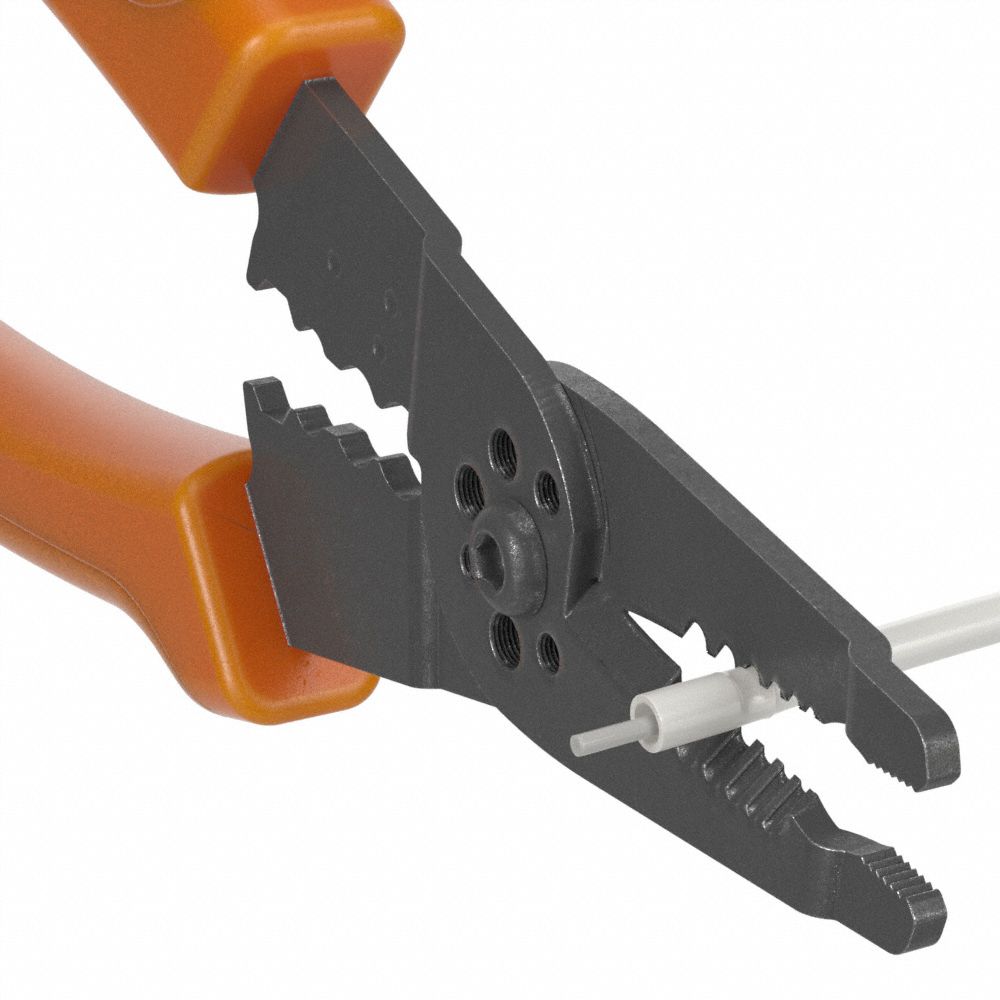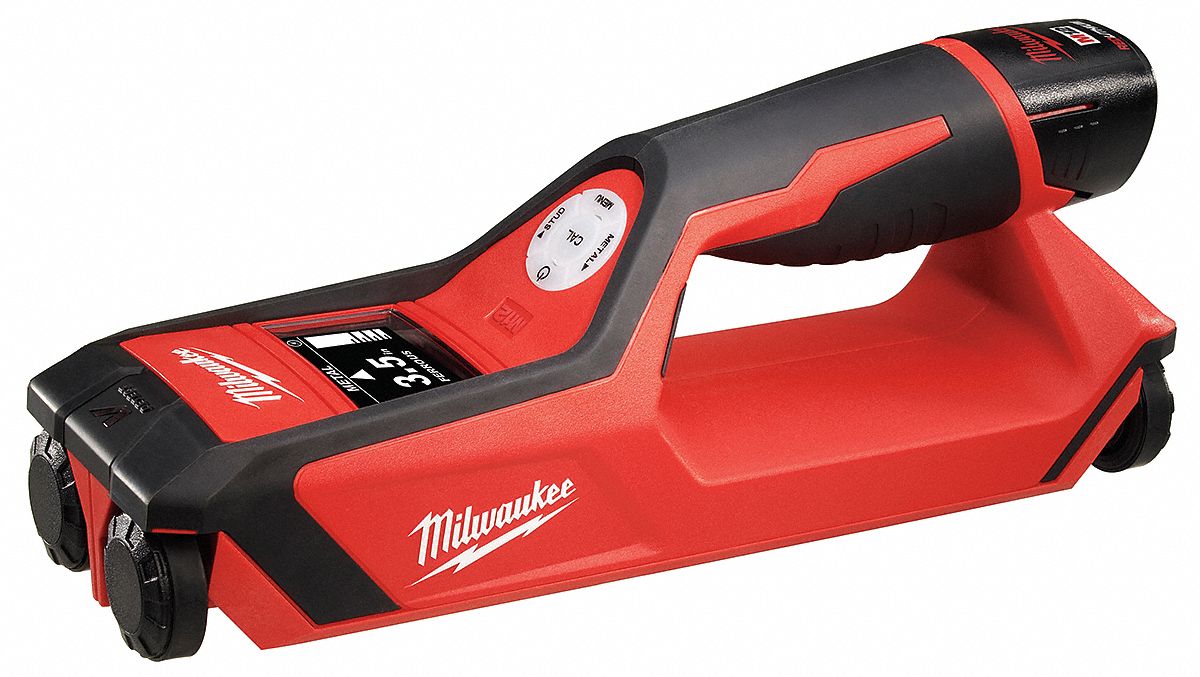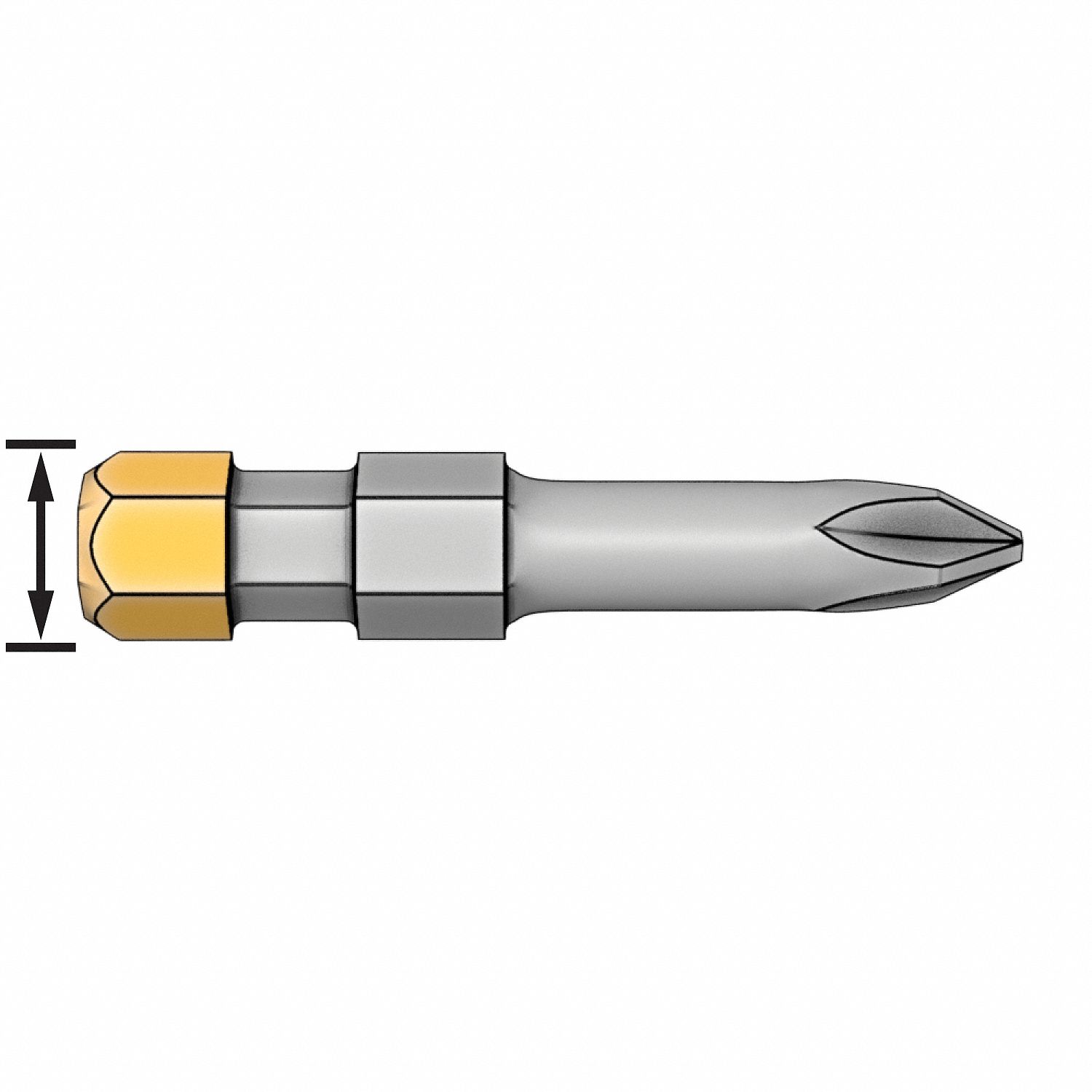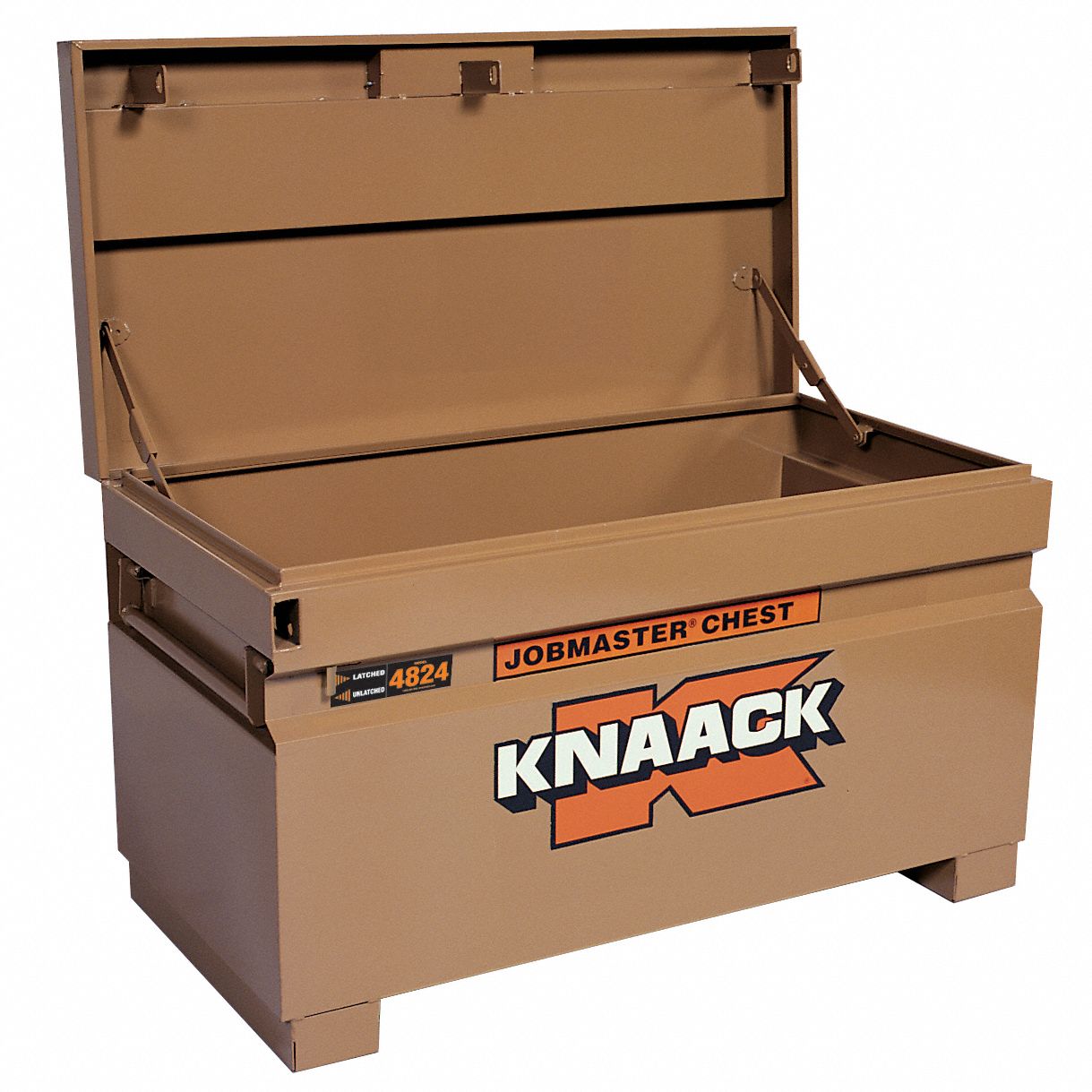

24 Must-Have Woodworking Tools for Your Workshop
By Grainger Editorial Staff 10/26/22


When making precise cuts, carving intricate details or assembling furniture, having the right tool can make a big difference. But with so many tools used for woodworking and carpentry projects, it can be hard to pick out the most important essential ones. Although list of tools varies depending on the project, every woodworking shop should have tools for the following:
- Measuring
- Cutting
- Holding
- Assembling
- Finishing
Thankfully, you don’t need many tools to start woodworking—a hand saw, tape measure, pencil, masking tape, drill and sandpaper can help you complete your first projects. You can add more heavy-duty tools and equipment to your collection, like the circular saw, orbital sander and other tools you may need to finish a project as your experience grows.
This guide will highlight the essential woodworking tools to help you build the ultimate workshop, from classic hand tools and power tools to must-have safety equipment.
Woodworking Hand Tools
1. Chisels
Chisels are one of the most versatile woodworking hand tools. Chisels come in a variety of shapes, sizes and different materials used for cutting, chipping, carving and smoothing surfaces and materials.
2. Hammer
Hammers come in a variety of sizes, weights, handle lengths and materials. While there isn’t a universal woodworking hammer, claw hammers and mixed hammer sets featuring different types and sizes of hammers for various striking or positioning tasks are great options for carpenters and construction workers.
3. Hand Saw
Hand saws are simple and easy to use for quick tasks or where detailed, precision cuts are required. Consider stocking your workshop with a couple of hand saws, like carpenter’s saws or an adjustable hacksaw. Invest in hand saws with high-quality, sharp blades for a consistently smooth cut.
4. Mallet
Mallets feature large wooden, plastic, metal or rubber heads, making them much softer than most other hammers. Their large head helps absorb shocks while striking, leaving minimal marks, so they are often used for tapping wood joints together. Wooden mallets are designed to strike the softest, followed by rubber, rawhide, plastic, lead, copper, bronze and other metals.
5. Hand Planes
A hand plane shapes, smooths and flattens rough wood or curved boards. A plane works like a razor, shaving off small layers of wood until the board is straight and smooth. Many hand planes are available with various blades and depths to consider.
6. Sandpaper
Sandpaper is a great tool for smoothing, finishing and polishing woodwork. Woodworking requires a variety of different grits, so it’s a good idea to have a wide assortment of sandpaper. A lower number grit is rougher and can quickly remove material, while higher numbers are smoother and best for finishing work or polishing.
Power Tools
7. Table saw
A table saw is the power tool seen in most workshops. Also called contractor saws, table saws are used for making precise straight or beveled cuts. They feature a spinning circular blade mounted under a table to help support a piece as it’s cut.
8. Circular Saw
Circular saws feature a round blade that rotates to make precise straight, cross and beveled cuts in wood or other materials. Circular blades start at 3-3/8 inches and go up to about 11 inches in diameter for basic cutting. General-purpose have blades on the left- or right-hand side depending on the user’s dominant hand. These also have higher RPM and lower torque than metal-cutting circular saws since they are designed to cut wood.
9. Miter Saw
Miter saws are similar to circular saws in that they can cut with or against the wood grain to make straight, angled and beveled cuts. Miter saws have a small table with a blade that lowers while it cuts and can be set up to cut vertical and beveled angles simultaneously. Miter saw blades range from 7-1/4 to 12 inches in diameter.
10. Jigsaw
When you need to cut curves, a jigsaw is one of the best tools for the job. Jigsaws feature a blade that moves up and down to make curved or straight cuts in wood, walls, ceilings and floors. The narrow, straight blade allows you to easily join corners more accurately than other saws.
11. Drill and Driver Combo
Corded and cordless power drills are a go-to tool for many woodworking jobs since drills aren’t only for making holes but can be used with various attachments like sanders and rounding bits. A cordless drill and driver combination kit can come in handy since you can use the drill for making holes and the driver for screwing in fasteners.
12. Lathe
A lathe is an indispensable tool for wood turning, helping make chair legs, bowls and spindles. Wood pieces are spun at high speed and shaped using special chisels and gouges.
13. Sanders
Woodworkers often use two types of sanders: a sheet or random orbit sander. The sheet sander's square shape allows it to fit in tight corners and against edges. It's often used for light sanding, stripping paint or preparing surfaces. Random orbit sanders feature a round sanding surface and variable speed settings for more control and less-visible grain scratching. Since random orbit sanders can remove more material, they are often preferred for refinishing wood floors and cabinetry.
Measuring Tools
14. Tape Measure
A high-quality tape measure is essential since it will be one of the most used tools in your workshop. Most tape measures reach up to 25 feet, but modern digital devices can extend the range even farther.
15. Square
A square is an important tool used on many projects for help making straight lines and finding angles. Consider purchasing several squares of different sizes to help make measurements easier.
16. Pencil
Carpenter’s wooden pencils have wide, flat bodies that can be repeatedly sharpened to restore the graphite tip, making them great for making notes and transferring measurements or cut lines to material.
17. Steel Rule or Folding Rule
Rules and straight edges are used to make accurate measurements and fold into multiple sections for easy storage. A non-skid steel ruler is frequently used in woodworking and machining since it provides a more precise straight line than measuring tape or a folding rule.
18. Level
A level can help tell you if an item is flat or at the correct angle, depending on the type of level. Most levels work using an air bubble in a colored liquid.
Accessories
19. Wood Glue
Good quality wood glue is an important part of most workshops since it’s frequently used for binding boards together for cutting. General-purpose wood glues are great for woodworking, furniture repair and carpentry work that won’t be exposed to outdoor elements. Water-resistant wood glues are available for outdoor carpentry projects.
20. Mineral Spirits
Mineral spirits have many uses in a workshop, from removing paint to cleaning the wood surface. Mineral spirits are commonly used for removing dirt, polish, wax, dust and oil from wood but should always be used with caution since they're flammable and can easily create a fire hazard.
21. Sawhorses
Sawhorses hold wood boards for cutting or painting. Since you usually use sawhorses in pairs, buying at least two for your workshop is recommended.
22. Clamps
Clamps are an essential tool for your workshop and are frequently used to hold pieces of wood together while the glue dries. There are several types and sizes of clamps, so having a good assortment will help you find the right one for any job.
23. Hearing Protection
A few of the power tools you might use, including a table saw, can get quite loud and damage your hearing if you listen to them long-term. A pair of earplugs or earmuffs are inexpensive and will save your hearing through the years. This guide explains more about the difference between the two styles.
24. Dust Mask
Sawdust and other chemicals can seriously damage your lungs, especially after years of working in your shop. Using a dust mask can help you avoid the dangers associated with hazardous materials. Always make sure your work area is well-ventilated especially when working with paint thinner or other chemicals.

Safety Management
6 Tips to Help Prevent Slips, Trips and Falls
Identify the fall hazards in your workplace and implement a fall safety program. Check out these tips from Grainger so you can mitigate risk.
![]() Our Latest KnowHow
Our Latest KnowHow

Facility Pest Control: How IPM Helps Safely Manage Insects
Discover safe, compliant pest control with IPM. Find tips for insect monitoring, sanitation and safe insecticide use in commercial facilities.
The information contained in this article is intended for general information purposes only and is based on information available as of the initial date of publication. No representation is made that the information or references are complete or remain current. This article is not a substitute for review of current applicable government regulations, industry standards, or other standards specific to your business and/or activities and should not be construed as legal advice or opinion. Readers with specific questions should refer to the applicable standards or consult with an attorney.




